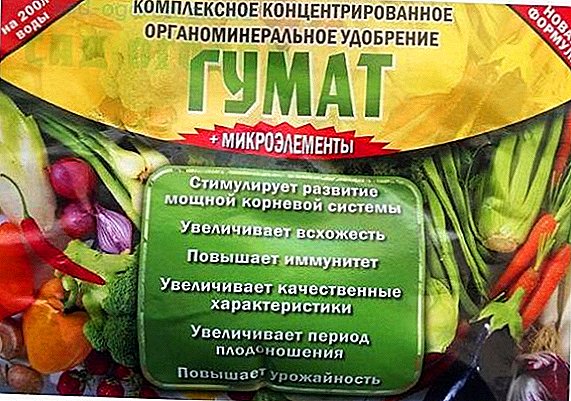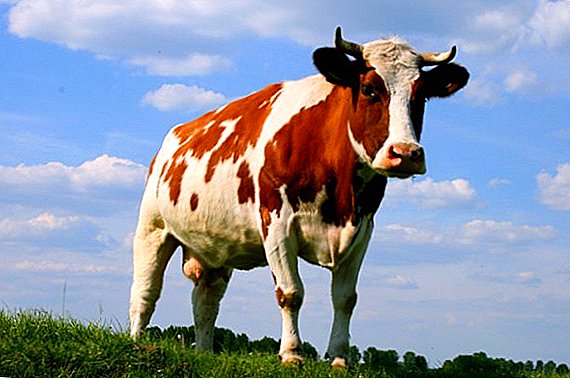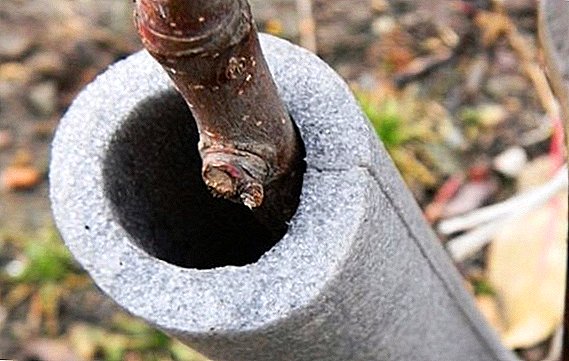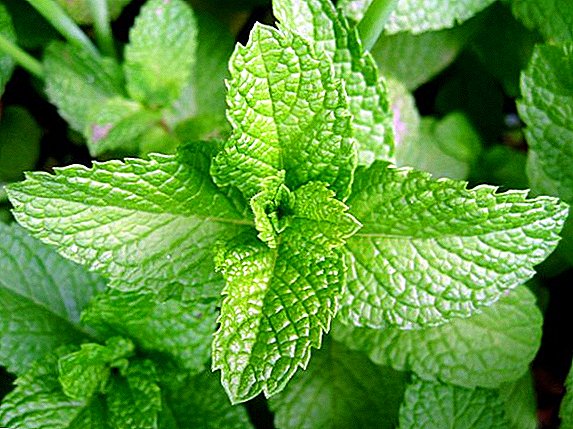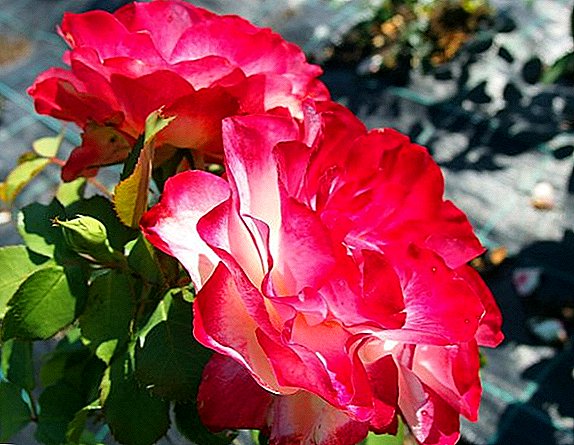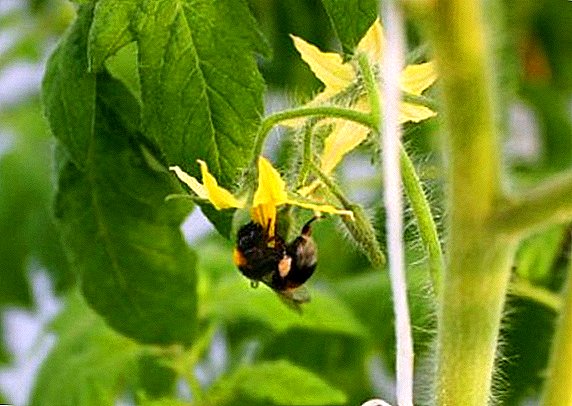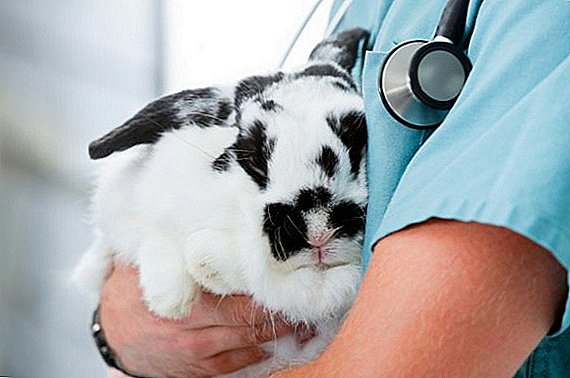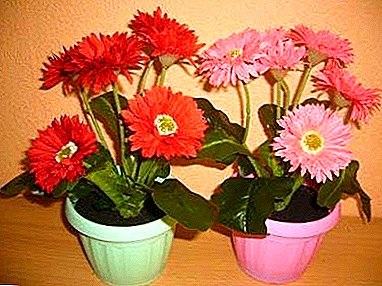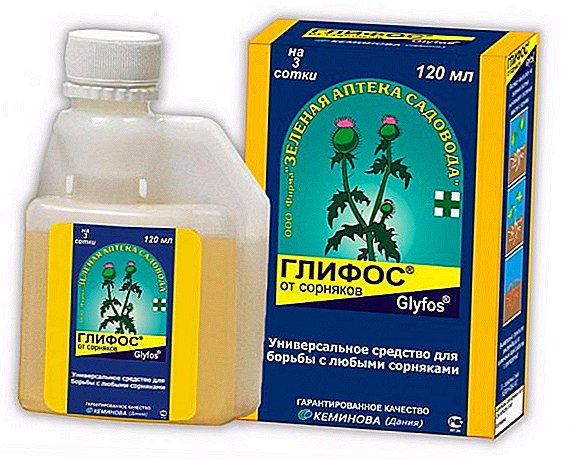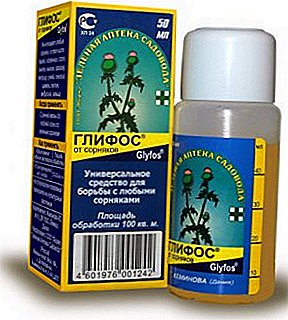 Often with weeds is very difficult to handle. And if these are perennial weeds, then destroying them is almost impossible: the roots of plants can go a meter deep into the soil. If you do not remove at least a piece of the root, the plant will grow again. But for an amateur gardener there is a great helper - the Glyphos herbicide. Let's see why it is so popular in more than 50 countries, what it consists of and how to use it.
Often with weeds is very difficult to handle. And if these are perennial weeds, then destroying them is almost impossible: the roots of plants can go a meter deep into the soil. If you do not remove at least a piece of the root, the plant will grow again. But for an amateur gardener there is a great helper - the Glyphos herbicide. Let's see why it is so popular in more than 50 countries, what it consists of and how to use it.
Composition and release form
The composition of this herbicide includes glyphosate isopropylamine salt. Available "Glyphos" in the form of an aqueous solution.
It is packaged on:
- 0.5 l (for processing 10 acres);
- bottle with dispenser (120 ml) for 3 acres;
- 50 ml bottle - for processing 100 square meters. m;
- plastic ampoules for small areas.
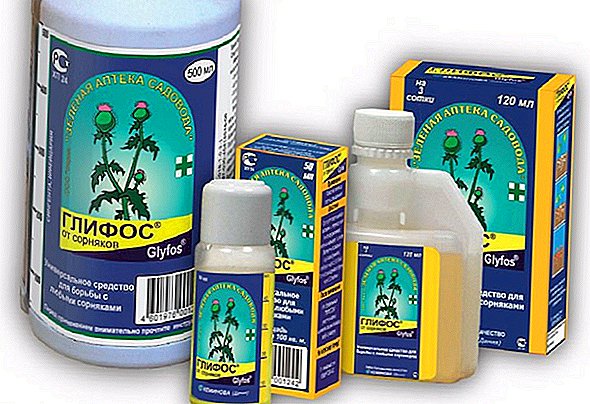
Application spectrum
"Glyphos" is used when removing weeds, the life of which is one or more years. "Glyphos" is used against sedge, dandelion, horsetail, bitter creeping, small sorrel, plantain, white mari, couch grass, burdock and many other weeds.
Important! "Glyphos" is a continuous action herbicide.It is used: when planting plants, after harvesting, when using new plots of land, during planting crops, for example, potatoes (introduced after 3 days of germination), when forming a lawn a month before planting seeds, along paths, when destroying plants pests around garden trees and grapes.
Drug benefits
Herbicide contains high-tech surfactant, and also softens water. This provides good herbicidal properties of the drug, which do not depend on water quality and weather. In addition, the "weed killer" is very concentrated. Therefore, the costly part of the transportation and storage of "Glyphos" is reduced.  The composition of the drug ensures high quality. It combines very well with tank mixtures with sulfonylurea and phenoxyacid herbicides. "Glyphos" is very effective in the fight against dioecious perennial weeds, including weeds, which have very large roots, as well as in the fight against grass pests.
The composition of the drug ensures high quality. It combines very well with tank mixtures with sulfonylurea and phenoxyacid herbicides. "Glyphos" is very effective in the fight against dioecious perennial weeds, including weeds, which have very large roots, as well as in the fight against grass pests.
Mechanism of action
The composition of "Glyphos" includes one of the salts of glyphosate, contact herbicide. The herbicide spreads through the vascular system of the plant, that is, it passes from the leaves to the roots of weeds and blocks the biosynthesis of phenylalanine, inhibits horizma mutase and prefenate dehydratase.
Getting on the plant, the herbicide begins to move to the roots of the pest. "Glyphosate" prevents the synthesis of amino acids, as a result, the plant dies.
Outwardly, this is manifested as the fact that the weed turns yellow, the internal pressure inside the weed is lost, the plant begins to dry out.
Herbicides have the same effect on plants: Arsenal, Hurricane Forte, Tornado, Roundup, Ground, Zeus.
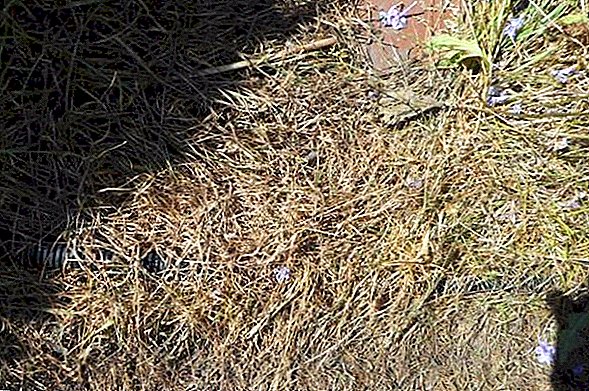
Preparation of working solution
The instructions for use of this drug for weed control indicate how to dilute "Glyphos". The bottle with the drug contains a measuring scale and cap. One division of the scale corresponds to ten milliliters. The internal volume of the lid is four milliliters, the total volume is ten milliliters. This is done for the convenience of measuring the right amount of this herbicide.
A solution is prepared depending on the type of plants. For the destruction of perennial weeds in 1 liter of water pour 12 ml of herbicide. For the death of annuals - 8 ml of "Glyphos" must be diluted in 1 liter of water.
We do not need to weed or water the soil near the weeds before processing.
Did you know? Perennial roots can reach a meter deep!
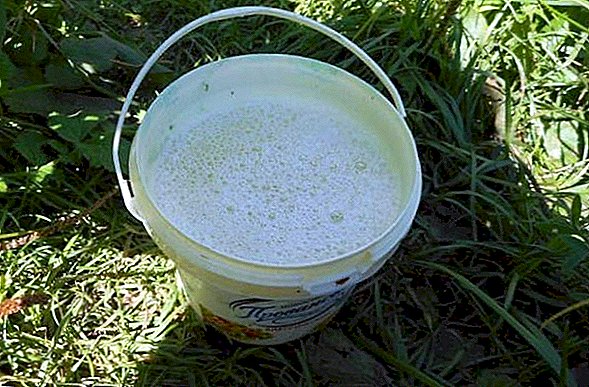
Terms and method of application, consumption
At 20 square meters need 1 liter of solution. The working solution can not be stored. Used "Glyphos" from early spring until the end of the harvest. It can also be used after harvesting fruits before the onset of winter.
The method of use "Glyphos" is simple: It is used as a spraying of weed leaves. If you accidentally sprinkled a cultivated plant, it is urgent to rinse the solution with plenty of water. But this must be done urgently so that the toxic drug does not get inside the plant.
Impact speed
After exposure to "Glyphos" leaves begin to fade within 4-10 days. Weed finally dies within a month after exposure to a pesticide. 
Toxicity and safety measures
For soil "Glyphos" is not dangerous: it quickly breaks down into amino acids, carbon dioxide and phosphates. However, in a land rich in peat, it can accumulate. "Glyphos" can bind to soil particles, since it is based on glyphosate. This capacity is developed the more, the less phosphorus in the earth, more clay and less pH.
A small amount of phosphorus leads to the binding of arable molecules to the herbicide. This drug is a competitor of phosphorus for binding molecules of the earth. The drug binds only to unoccupied molecules.
No need to plant the seeds of horticultural crops immediately after cultivation of the land "Glyphos". This herbicide has low activity in arable land: crops that have not been treated with this pesticide cannot be affected by it.
Herbicide is resistant to chemical attack, to the sun, as well as in the aquatic environment. It decomposes under the action of the sun and microflora. However, the fish "Glyphos" does not accumulate.
If the herbicide also got into the aquatic environment, then more often in a random way: it was either washed into the water from the weeds or when used (more often unintentionally) in inhibiting aquatic vegetation.  The drug may relate over two to three kilometers. The drug is decomposed mainly due to microorganisms.
The drug may relate over two to three kilometers. The drug is decomposed mainly due to microorganisms.
Did you know? There are weeds that are edible or used by humans for medical purposes. Among them are dandelion, purslane, plantain, clover, quinoa, amaranth, dodder, sow thistle and others.The rate of decomposition of the drug in water is less than in the soil.
For birds, the herbicide is non-toxic.
For plants, the drug is dangerous. But only if it is applied to the stem or leaves: from the soil it no longer enters the plant, as it is bound to the soil. However, from the leaves, the herbicide enters the root and destroys it.
For insects is a non-toxic drug.
For animals and humans, virtually non-toxic. But you need to avoid getting the drug in the eyes and mucous membranes. Human poisoning manifests itself in the form of headache, nausea and tearing, and irritation of the skin.
Important! If you feel symptoms of poisoning, immediately wash off the drug with plenty of water.
Term and storage conditions
The shelf life of the drug is five years from the date of manufacture, but only with proper storage. The drug should be stored in a dry place that is well ventilated, at a temperature of -15 ... +40 ° C.
Glyphos is a drug used in more than fifty countries around the world. Try it, and take care of your favorite garden crops will be much easier and easier.


